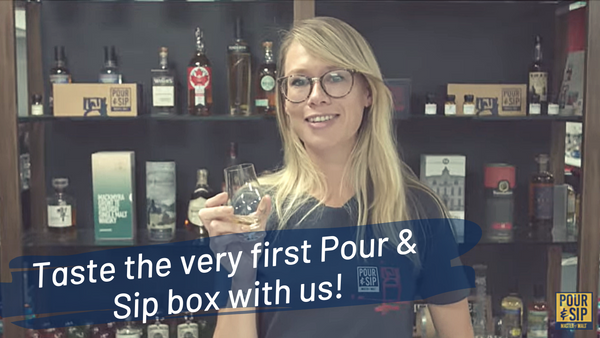A postcard from Highland Park

Fly into Orkney and you’ll grasp how the landscape influences the distillery’s character, says Kristiane Sherry. Highland Park was the third distillery I'd ever visited. I realise how lucky I am - a trip to the Orcadian producer is high on the bucket list of many whisky fans. And if sense-of-place is what you look for in a spirit, Highland Park is rich with it.
Located on the outskirts of Kirkwall, by far the largest town on Orkney, the distillery is something of a wonderful contradiction. It is saturated in history. Its peat kilns were first fired up in 1798 – and the pair in use today are both over 100 years old. The resulting smoky malt makes up about 20% of each batch, with the rest shipped over from the mainland. The malting floor, a rare sight in Scotch distilling, speaks of the whisky-making of yesteryear. The stone distillery buildings feel like they hold centuries of secrets alongside the four copper pot stills. Yet the branding, the way its Nordic heritage is portrayed on-pack and online, feels acutely modern.
To understand the Highland Park signature, where that distinct distillery character comes from, you need to take to the sky. Arrive into Kirkwall by plane and you’ll know what I mean. Baize-green land unfurls like a paper cutting, defined sharply by the rugged coastline. There are no trees. Foaming waves, diamond-bright against the coffee cliffs, lash the land, whipped up into a rage by the wind. And the wind. It feuds with the aircraft, punching us this way and that as we stagger into land. This is what makes the whisky.
While Islay peat is marine in its composition, Orkney peat is made from heather and sphagnum moss. There’s nothing else – no trees could stand the onslaught of the gales. That’s why Highland Park’s smoke notes are floral, perhaps a little sweeter, than other Scotch expressions. It’s an aromatic dram, with orchard and cereal notes coming from the grain, and a richer sweetness, too. That’s where another piece comes into play: Highland Park’s obsession with sherry casks.
Since 2004, the distillery has exclusively used ex-sherry vessels for its maturation. A mix of American and European oak helps add light and shade when it comes to blending. It’s a labour- and cost-intensive approach. Sherry casks come at a notorious premium compared to their ex-bourbon counterparts. But parent company Edrington has committed to a style – and if ex-sherry casks are what it takes to find that smoke-sweet balance with a richly oily texture, that’s what it takes.
Highland Park Cask Strength is a brand-new expression, and one that jumps from the glass. Partly that’s due to the ABV (it weighs in at a hefty 63.3% ABV, so tread carefully). But it also showcases the spirit of Orkney, as well as the distillery itself. As you sip, picture that roughhewn coastline, the incessant wind, and the tree-less horizon line… and savour.
Until next time,
Kristiane



